Fire Damage Photo Gallery
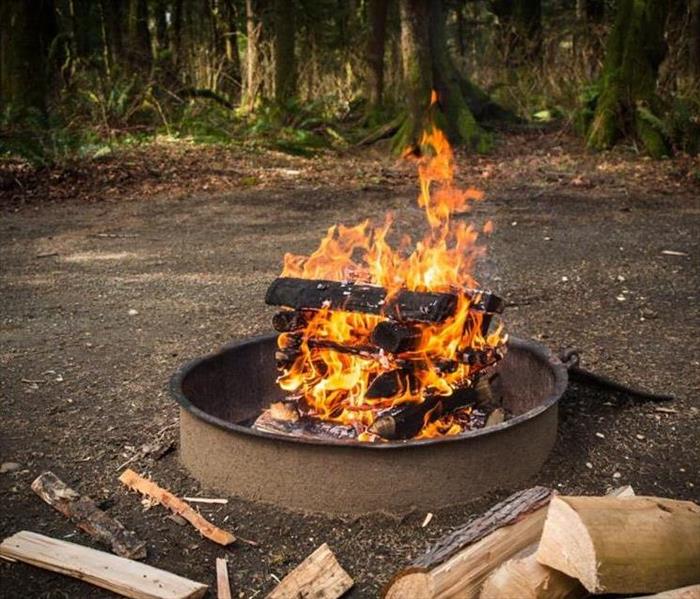
More Summer Safety
Summertime is usually full of activities such as barbecues, camping trips, or cooling off in the water. But safety is always important to keep in mind!
- Fireworks are dangerous and regardless of how pretty they may be, they can cause severe damage if not utilized properly.
- Whether you're using a charcoal/wood-burning or propane grill, it should always be supervised when in use! They can cause lots of structural damage as well as personal damage if misused.
- Keep children and animals away from the grilling area in order to prevent accidental burns or tipping.
- Only swim in approved areas and supervise children when in the water
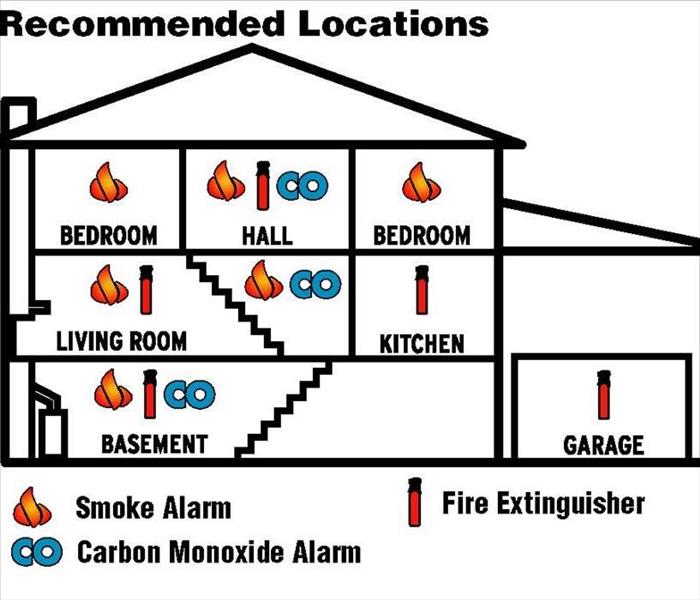
Smoke Alarms
Fires can happen to anyone at anytime if people are not aware of dangers they might be subjecting their properties too! One way to prevent a fire from growing larger, is to install smoke alarms.
- Install smoke alarms on every level of the home, including the basement. 3/5 fire deaths occur due to properties not having functional smoke alarms.
- Install them at least 10 feet away from the kitchen to prevent false alarms.
- Test the smoke alarms at least once a month using the test button and replace your batteries once a year! Your smoke detector will "chirp" when the batteries are low so you have no excuses!
- Smoke alarms should be replaced every 10 years!
There are various different designs of smoke detectors you can buy to best fit the needs of your property!
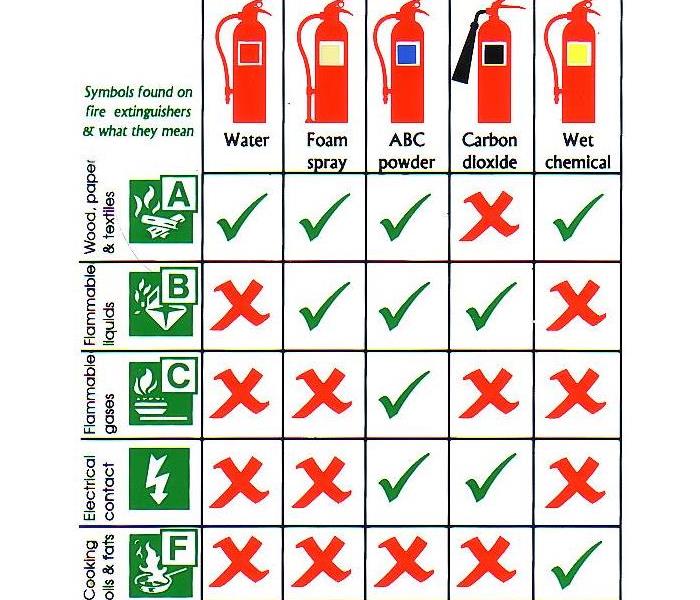
How Fires Are Classified
Fires are classified differently by how they are ignited.
A – Ordinary combustibles or fibrous material, such as wood paper, cloth, rubber and some plastics
B – Flammable or combustible liquids such as gasoline, kerosene, paint, paint thinners and propane
C – Energized electrical equipment, such as appliances, switches, panel boxes and power tools
D – Certain combustible metals, such as magnesium, titanium, potassium and sodium. These metals burn at high temperatures and give off sufficient oxygen to support combustion. They may react violently with water or other chemicals, and must be handled with care
K – Cooking oils, trans-fats or fats in cooking appliances
Fire extinguishers are rated using these letters to determine which chemicals are most effective on ceasing the fire.
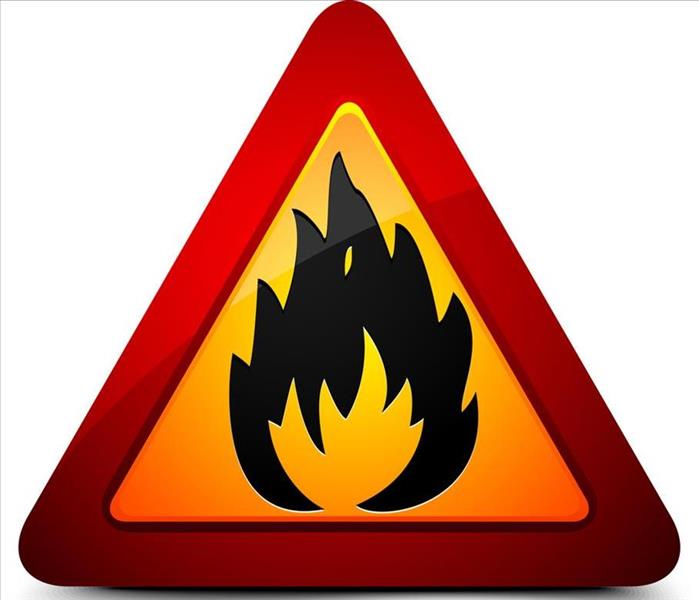
Fire Safety Tips
- Install smoke alarms (and fire extinguishers with ABC rating) on every level of your home and test them monthly to make sure they work. Try changing your smoke alarm batteries every 6 months
- Create more than one escape plan and practice them! Escape from different areas of the house, tools for exiting if needed and a meeting place. If you have kids make sure they are aware too!
- Remember the three feet rule! Keep grills, cookers, fryers and space heaters from anything flammable. Make sure you turn these things off when leaving
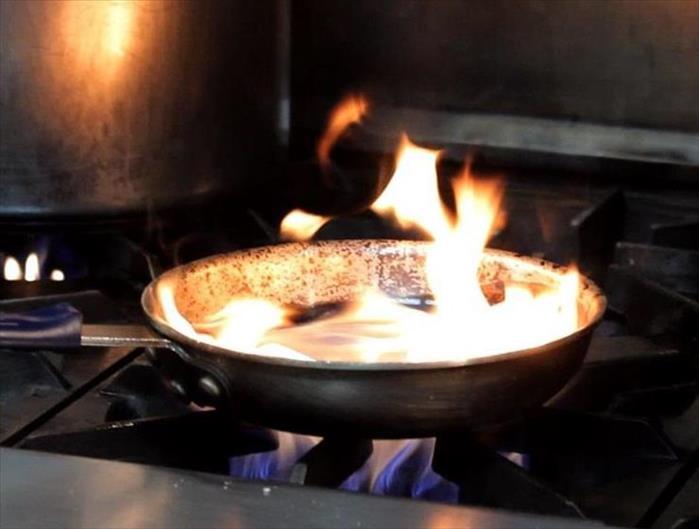
Did you know?
- Cooking fires account for nearly half of reported home fires
- Three of every five reported, non-fatal home cooking fires injuries occurred when the individual attempted to fight the fire themselves
- If a small grease fire starts in a pan, smother the flame by carefully sliding the lid over the pan. Turn off the burner but do not remove the pan. Keep it covered until the pan cools completely
- You can reduce the risk of a cooking fire by: staying in the kitchen when frying, grilling or broiling food; checking on food regularly and using a timer to remind you of cooking food; keeping children three feet away from cooking surfaces clean to prevent food or grease build up.
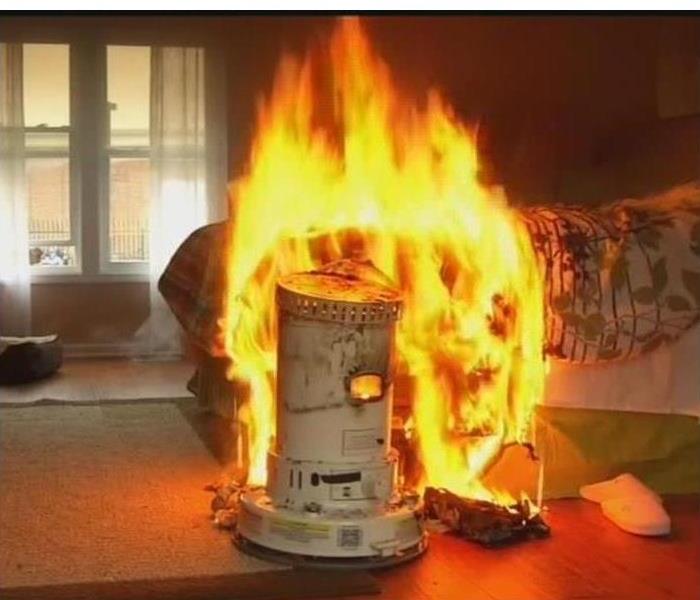
Heating Hazards
The winter season is here and with it comes shorter days and lower temperatures. In an effort to keep our homes cozy, many people use alternative heat sources like fireplaces, portable space heaters, and wood burning stoves. Reduce your risk of a heat-related fire by knowing the facts!
50% of all residential heating-related fires are reported during the months of December, January & February.
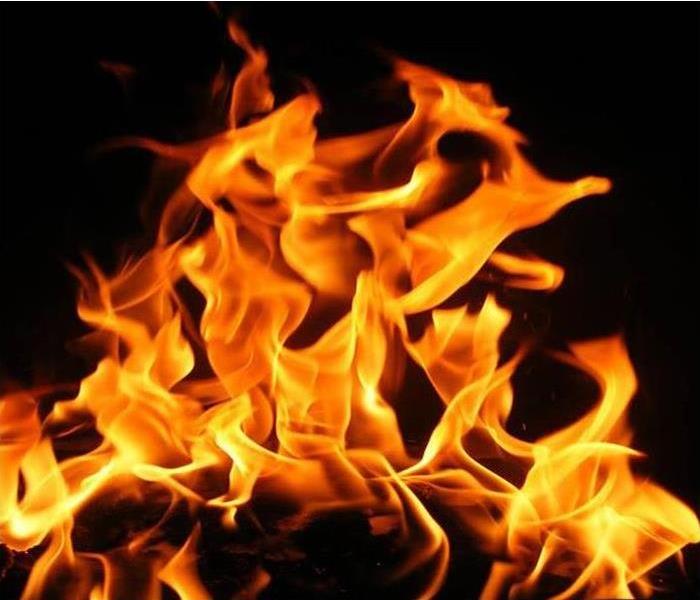
Emergency Fire Damage
- A SERVPRO Franchise Professional will contact the Insured within 1 hour to arrange services. Within 4 hours, will arrive prepared to begin emergency mitigation services if needed
- Your insured's concerns will be addressed:
- Identify the source of loss
- Identify the types of residue present
- Identify safety issues and convey the information to the Insured and the Adjuster
- Pretesting for restorability will be conducted to determine:
- What is unrestorable vs restorable and what methods of restoration will be most effective?
- The scope of the project will be communicated to the Adjuster
- The structure and contents will be cleaned and restored by the experts
- A final walk-through will be conducted with your customer to ensure both their satisfaction as well as your own






 24/7 Emergency Service
24/7 Emergency Service